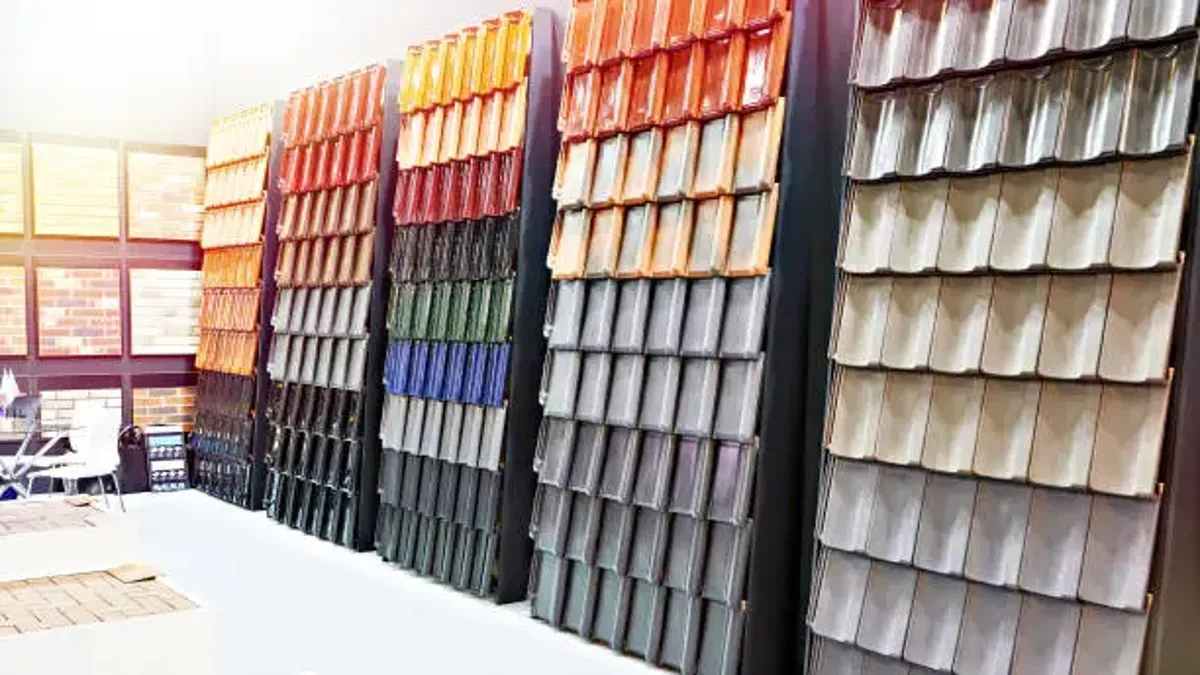When planning a roof that will stand the test of time, selecting the right material is just as important as hiring a reliable contractor. The longevity, energy efficiency, appearance, and even noise levels in your home can all be influenced by your choice of roofing. With so many materials available today—from metal to tile to asphalt—it can be overwhelming to narrow down the one that truly fits your long-term goals. We will explore how different factors such as climate, architecture, budget, and maintenance can guide your decision, ensuring a roof that performs well for decades.
Factors to Consider When Choosing Long-Lasting Roofing Materials
- Consider Your Local Climate Before Anything Else
Your region’s climate plays a major role in how well a roofing material performs over time. If you’re in an area with frequent heavy rains, like parts of New South Wales, choosing a material with strong water resistance and drainage properties is key. In hot climates, a reflective roof that deflects heat and reduces cooling costs can be more appropriate. For homes in bushfire-prone areas, fire-resistant materials like metal or clay tiles are worth considering. Roofing systems that resist wind uplift and water penetration are particularly valuable in storm-prone locations. Even issues like humidity can influence long-term durability, as some materials are more susceptible to mold or algae buildup. Evaluating how each material responds to your region’s specific weather patterns is essential for maximizing the roof’s lifespan.
- Think About the Structural Load of the Material
Every home has a specific structural capacity, and heavy roofing materials may not suit all buildings. For instance, concrete or clay tiles are significantly heavier than metal or asphalt options. Older homes or structures with minimal reinforcement may not be able to handle the load of such dense materials without costly modifications. On the other hand, lightweight materials like corrugated metal sheets put less strain on the building’s frame and can be installed faster and more efficiently. Ignoring load-bearing limitations can lead to long-term structural issues, sagging, or even failure under stress. So, before falling in love with a material based on its appearance alone, ensure your building’s structure is fit to carry it. Consulting a Sydney roofing contractor that understands how to assess load compatibility can help you make a safe and lasting choice.
- Match the Material to Your Home’s Architectural Style
A roof does more than protect—it shapes the entire look and feel of your home. Whether you live in a contemporary coastal build or a classic federation home, your roofing material should complement the architectural language of the property. For example, terracotta tiles pair beautifully with Mediterranean or heritage-style homes, while sleek metal panels suit modern and minimalist designs. Asphalt shingles can be versatile, but might not have the aesthetic impact of timber shakes or stone-coated tiles. Choosing a material that harmonizes with your home’s architecture enhances its curb appeal and can also impact resale value. Coordinating texture, color, and shape with your existing design will ensure the roof feels like a natural extension of your house rather than an afterthought. This harmony not only pleases the eye but can influence how others perceive the value and care invested in your home.
- Evaluate Long-Term Maintenance and Upkeep Needs
Not all roofing materials age in the same way, and some require more upkeep than others. Metal roofing, for instance, often requires little more than occasional cleaning and fastener checks. In contrast, wooden shingles may need periodic treatments to protect against rot, mold, or insect damage. Tiles may crack under impact and require individual replacements over time. While all roofs need some level of care, understanding how much time, money, and effort you’re willing to invest in maintenance can help steer your decision. A low-maintenance roof might cost more initially but save you thousands over its lifetime. Also, factor in how easy it is to access the roof and whether you’ll need to hire professionals for maintenance tasks. Selecting a material that aligns with your lifestyle and available resources ensures you’re not caught off guard by ongoing requirements after installation.
- Understand the Lifespan and Warranty of the Material
Every roofing material comes with an expected lifespan, and this is one of the most crucial elements in your decision. Metal roofing can last 40–70 years, clay tiles even longer, while asphalt shingles may last 20–30 years. While initial costs may vary, thinking in terms of cost-per-year can help you identify which materials offer real value. In addition to lifespan, look at the manufacturer’s warranty and the workmanship guarantee offered by your roofing contractor. A longer warranty often reflects confidence in the material’s durability, although proper installation is equally critical to longevity. Reputable companies offer clear warranty terms that protect homeowners from premature failures. Before committing, clarify what is covered under warranty—such as wind damage, leaks, or color fading—and how long that coverage lasts. Making a decision based on longevity rather than upfront cost often leads to fewer replacements and less hassle over the years.
Selecting the right roofing material is a multi-dimensional decision that balances form, function, budget, and long-term resilience. It requires careful evaluation of local climate conditions, structural needs, visual preferences, and environmental priorities. By understanding the full implications of each material’s benefits and limitations, homeowners can feel more confident in choosing a roof that will not only protect but also enhance their living space for decades. A thoughtfully chosen roof is more than shelter—it’s an investment in durability, aesthetics, and peace of mind.

